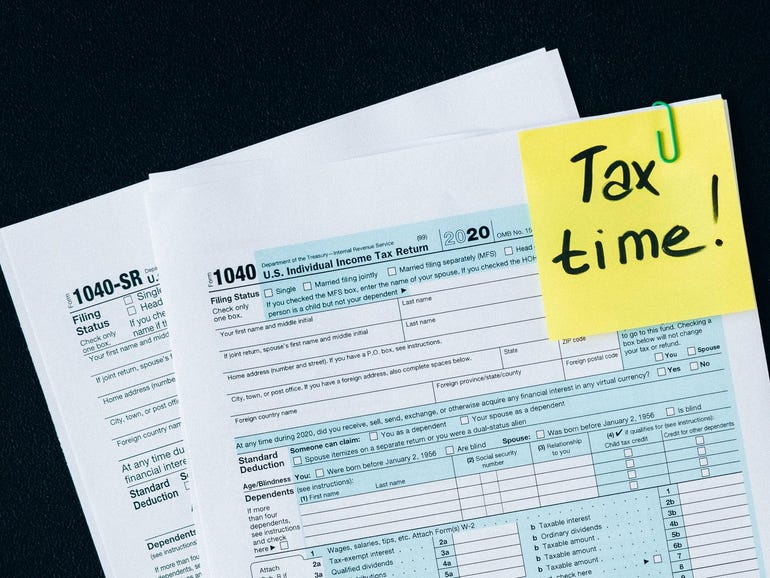
Each year, the Australian Taxation Office (ATO) is handed a handsome annual budget of AU$3.5 billion. Over a third of that last year, according to the agency’s second commissioner Jeremy Hirschhorn, was spent on IT.
“We are spending a lot of money on ICT,” he said, presenting the 2021 Pearcey Oration. “Some of that is maybe more sustainment, but a lot of it is improving our systems.
“I think we see ourselves really part of sustaining the career paths of a lot of people in the Australian ICT community. I think our approach to the tax system, which is to leave space for digital service providers, and indeed to really be supportive … hopefully creates this reward for innovation.”
Some of those IT initiatives have included shifting its tax lodgement system online and implementing data and analytics capabilities.
Hirschhorn said, because of those investments, tax compliance in Australia now sat at around 93%, only 1.5% of all individual tax returns were lodged on paper last year, the volume of client interaction via ATO online grew by over 300% since 2018, and individuals can now lodge a tax return in 15 minutes.
Plus, the ATO’s standard business report (SBR), which was introduced in 2013, is forecast to crack the 2 billion mark this financial year when it comes to the number of machine-to-machine transactions it processes. This is in comparison to when the SBR was first introduced, and it processed 140,000 machine-to-machine transactions.
Read also: There are 84 high-cost IT projects underway by the Australian government
Voluntary tax compliance by individuals have also improved. “I say probably 90% or more of the audits we do — or changes to tax returns we do — are now pre-lodgement data nudges, rather than after-the-event. There will be fewer audits, but they will be deeper and reserved for those who need them,” Hirschhorn said.
“For the vast bulk of Australians, the ATO experience will be if they get things wrong, while they’re filing their returns, they will receive a little message saying, ‘Are you really sure?’
“In 2020 tax time, we nudged about 350,000 taxpayers to give them the opportunity to check the figures … about a third immediately changed their deductions, a third soldiered on, and a third tried to engage our risk engine by progressively reducing the claim to see when they would get below our risk engine. The record holder being 17 times amended.”
Additionally, using data and analytics capabilities, tax unpaid by multinationals has also shrunk, Hirschhorn stated.
“Large business tax compliance in Australia is 93% correct and over 96% are correct after audit activity, and the remaining gap is around AU$2 billion … so, while no tax system can eliminate tax gaps completely, we’re working towards sustainably reducing the tax gaps over time.”
Appearing before Senate Estimates in June, Hirschhorn claimed the agency clawed back around AU$1.1 billion in what he referred to at the time as “wider revenue effects” in those considered “public groups”.
See: G7 nations agree to set minimum global corporate tax rate at 15%
Hirschhorn acknowledges that through its digital transformation journey, the agency has also learned a thing or two about the importance of data sovereignty. He said part of it was brought by the ATO’s “unfortunate experience” it had with a former data centre provider.
“One of our data centres was purchased by a company controlled in an overseas country that we didn’t really want to have our data,” he said.
“So, now we are very focused on both in our data centre and also our cloud activities having data sovereignty, so being in Australia and not owned by potentially unhelpful countries.”
Off the back of improving the efficiency of its tax systems, the ATO believes tax professionals can now focus on more “high value” work by spending time maximising people’s tax return, rather than spending time doing the books.
“There used to be lots of what I call data sherpa roles in the tax system. This was people who picked up information from one place — might be a spreadsheet, might be a form, or might be a shoebox — and then took it to another. But where there’s the technology, data collection and usage has gotten better and better. We’ve seen those roles disappear,” Hirschhorn said.
Equally, Hirschhorn said leveraging technology has freed up work for ATO staff so there is less time spent on tax audits and more time on tasks that require human judgement.
“Our hope is actually to get out of the way and mean that there is less time by entrepreneurs spend thinking about tax … hopefully … rather than suppressing entrepreneurial activity, unleashes entrepreneurial activity,” he said.
“Fundamentally, a tax system which is more data-driven can free up the people to be more empathetic. You know when somebody is in trouble for them to be able to call us and for us to be able to tailor a payment plan or give them a deferral, rather than have the machine do it.”
As next steps — and an immediate focus — the ATO will now look into simplifying tax compliance for small businesses.
“Some of the questions we are asking ourselves and other participants, DSPs in particular, if we’re confident that the data is in the natural systems of a business? Do we actually need to ask for it in the form of a tax return or activity statement, or can we rely on a simple data feed? Do we even need to hold the data at all if we are confident that the tax obligations, which are arising from that data are being met?” Hirschhorn said.




















